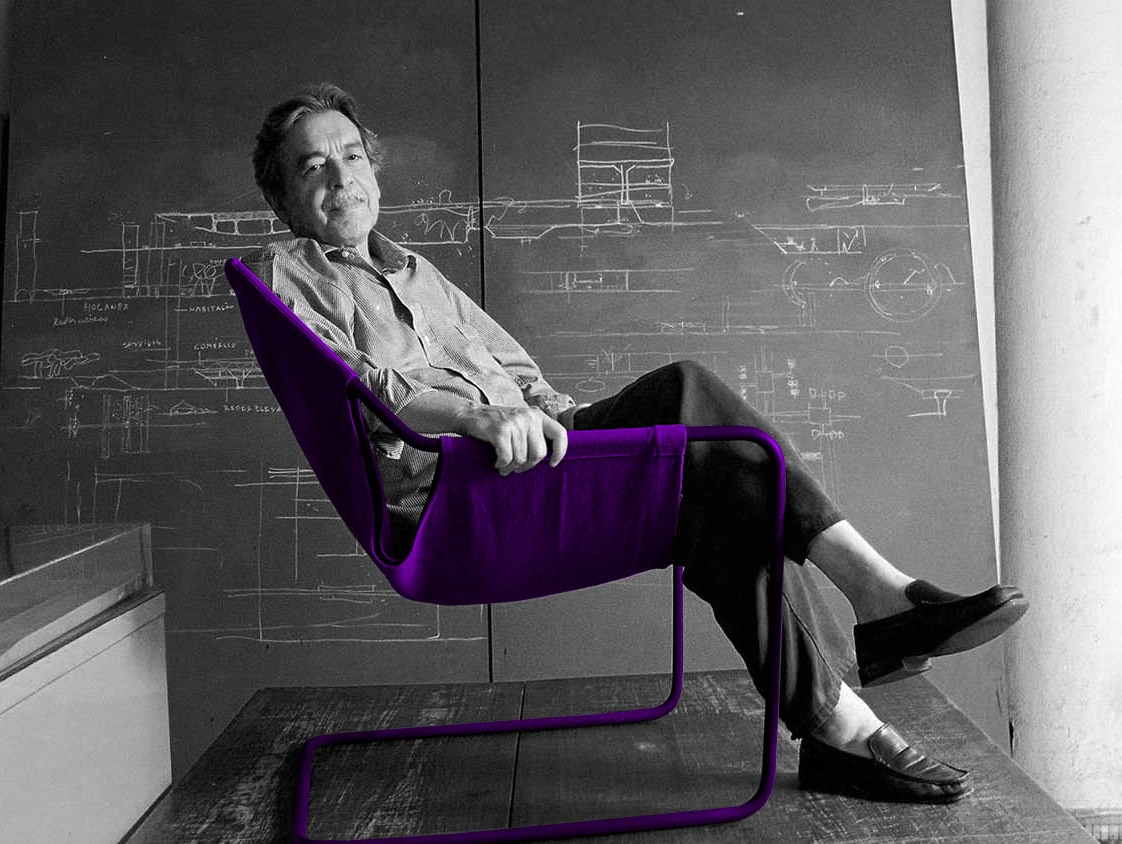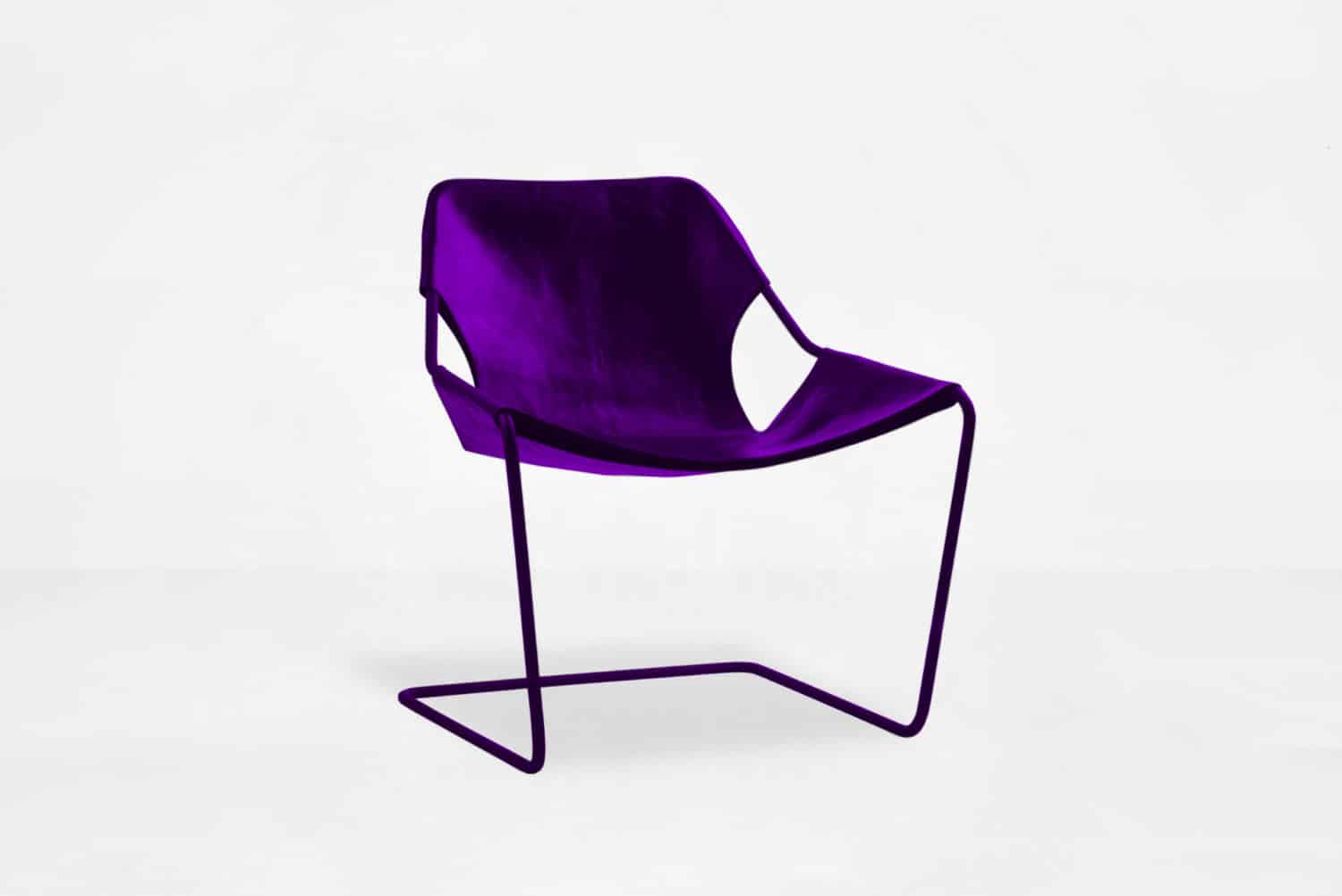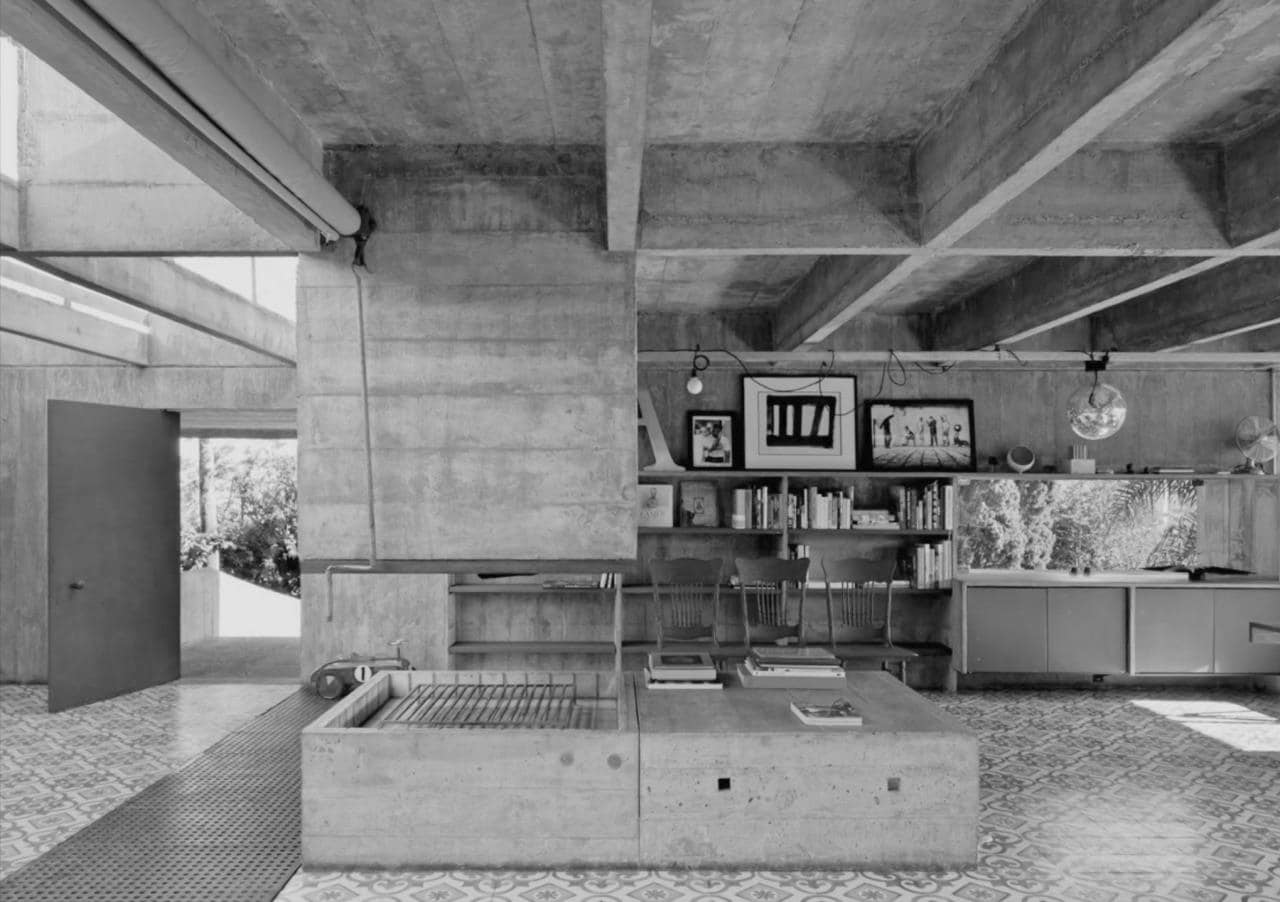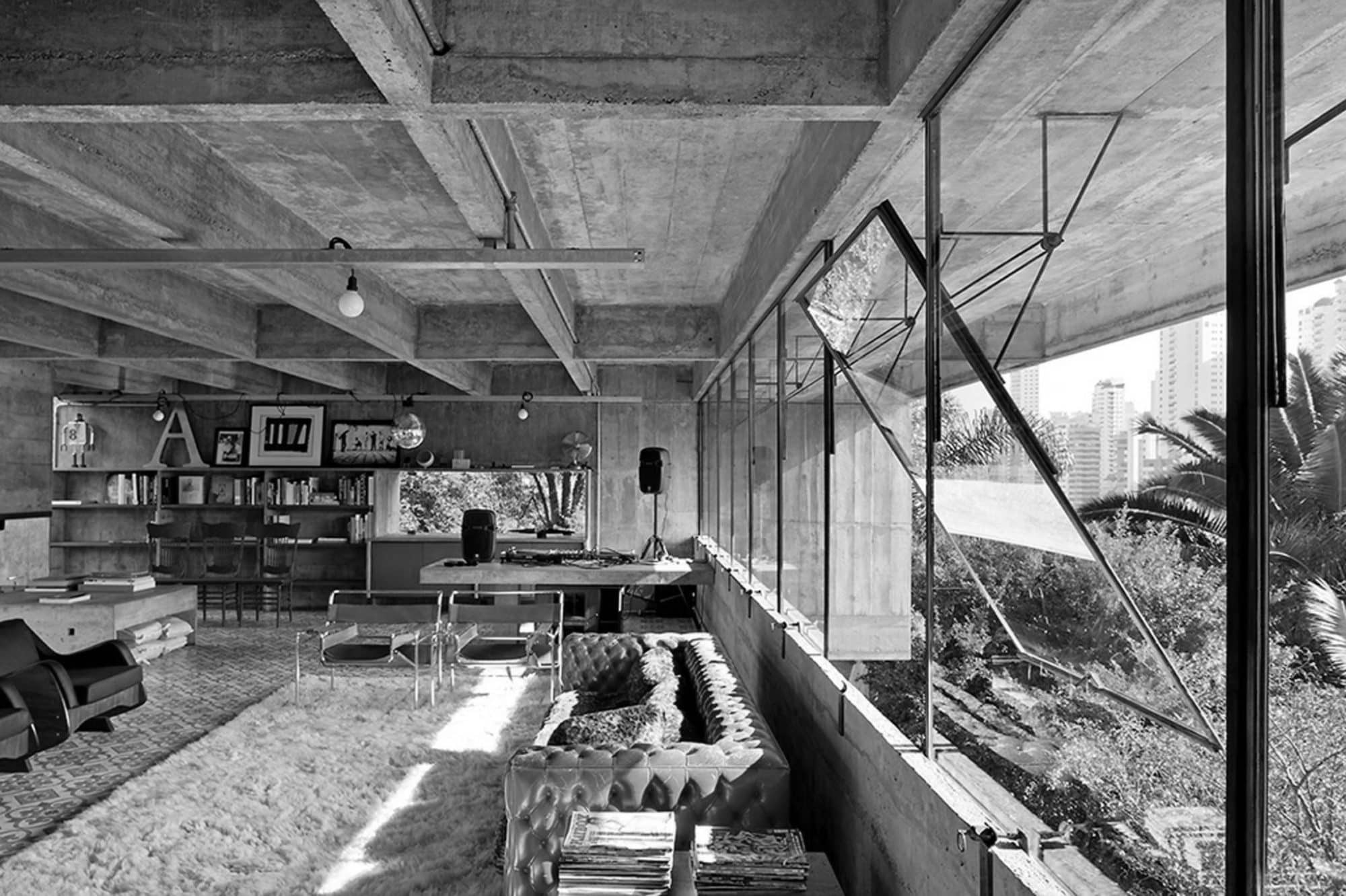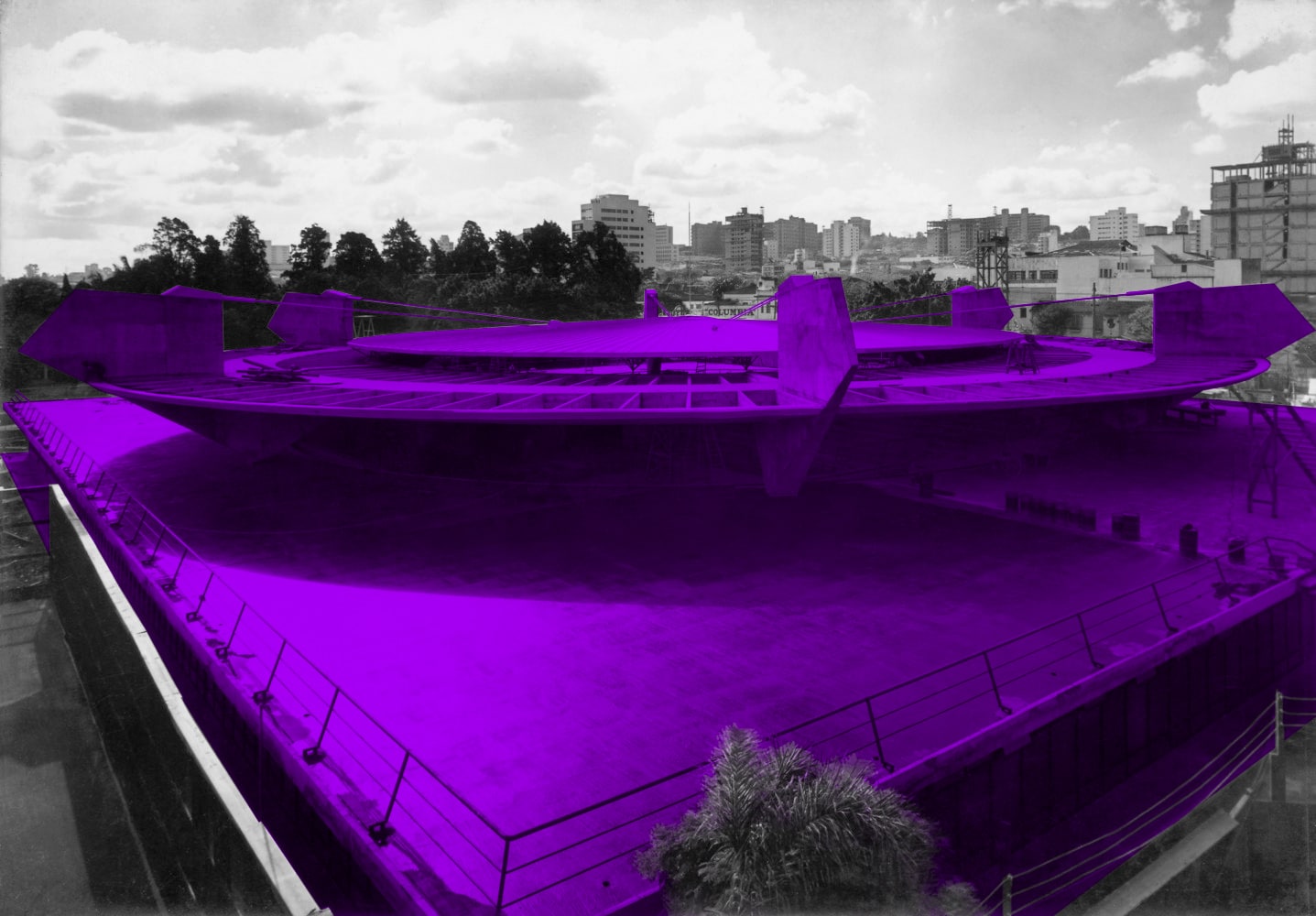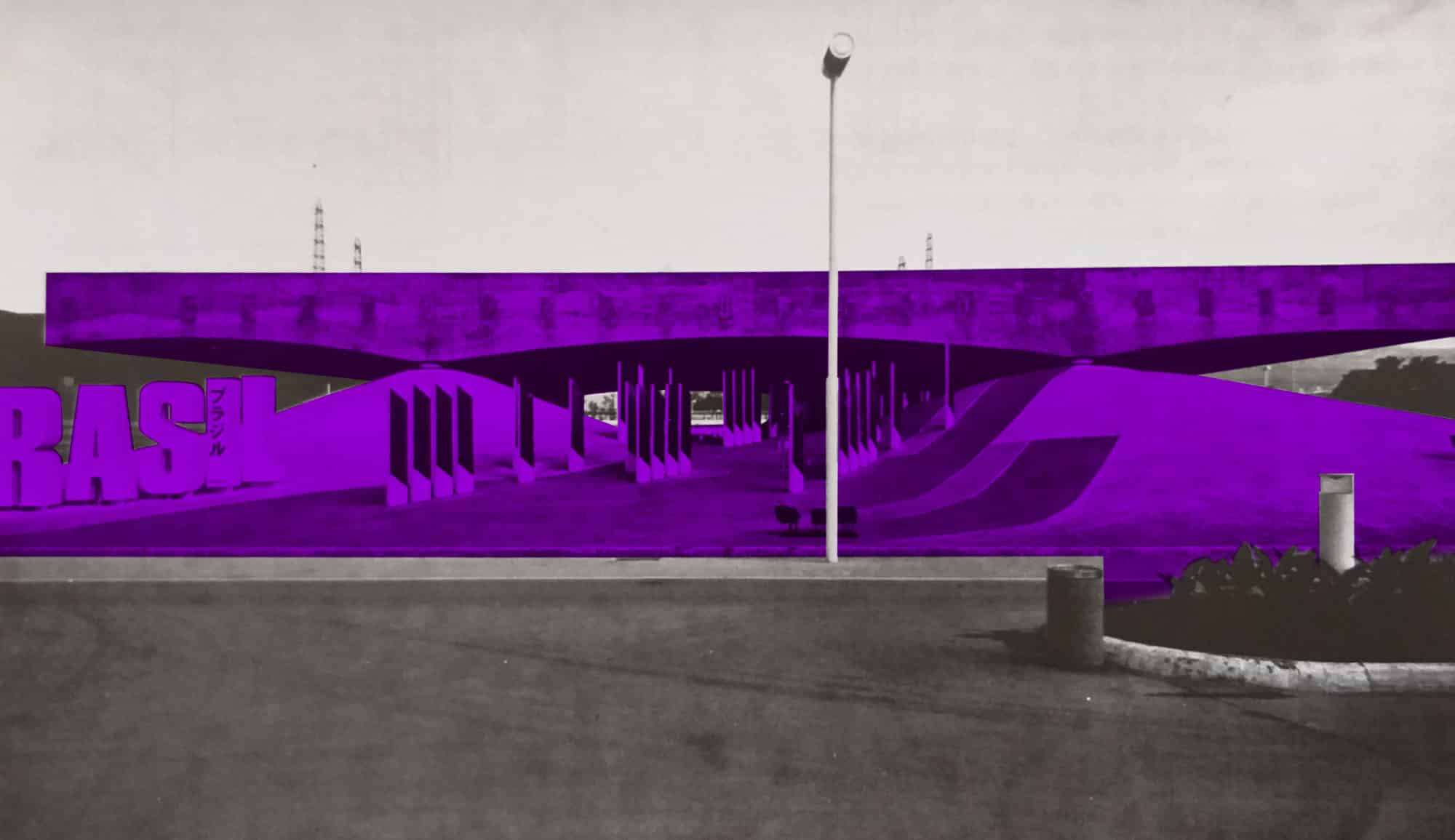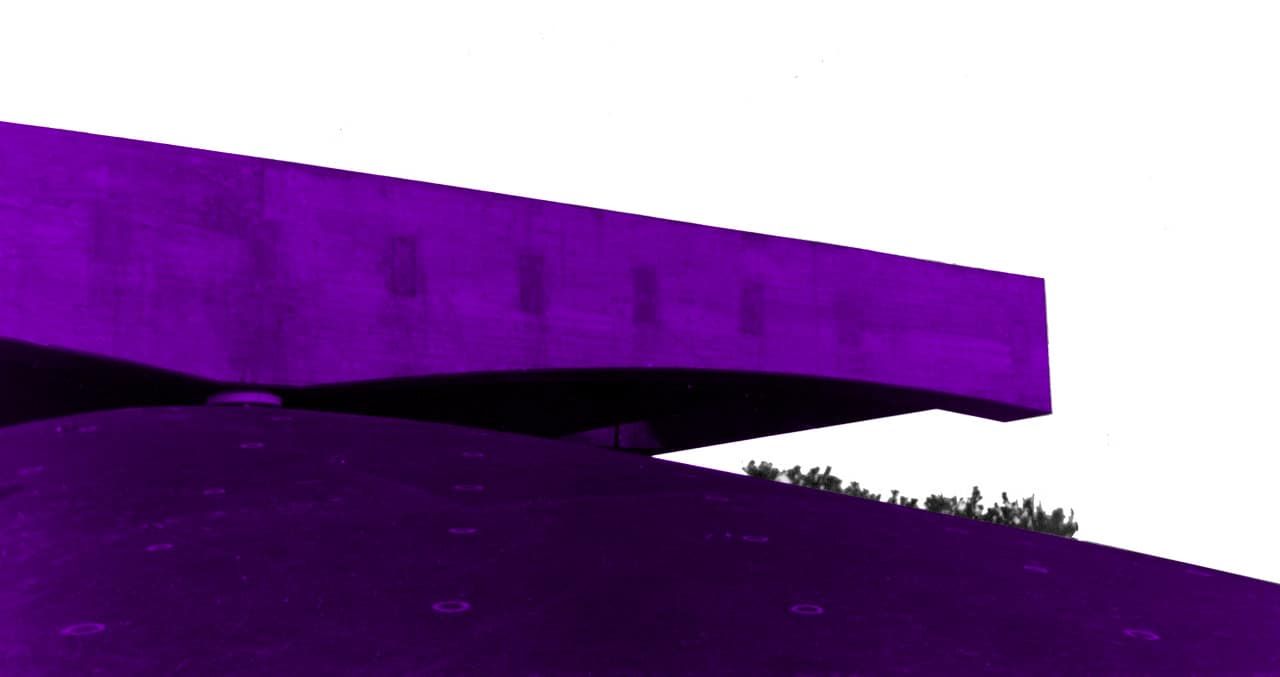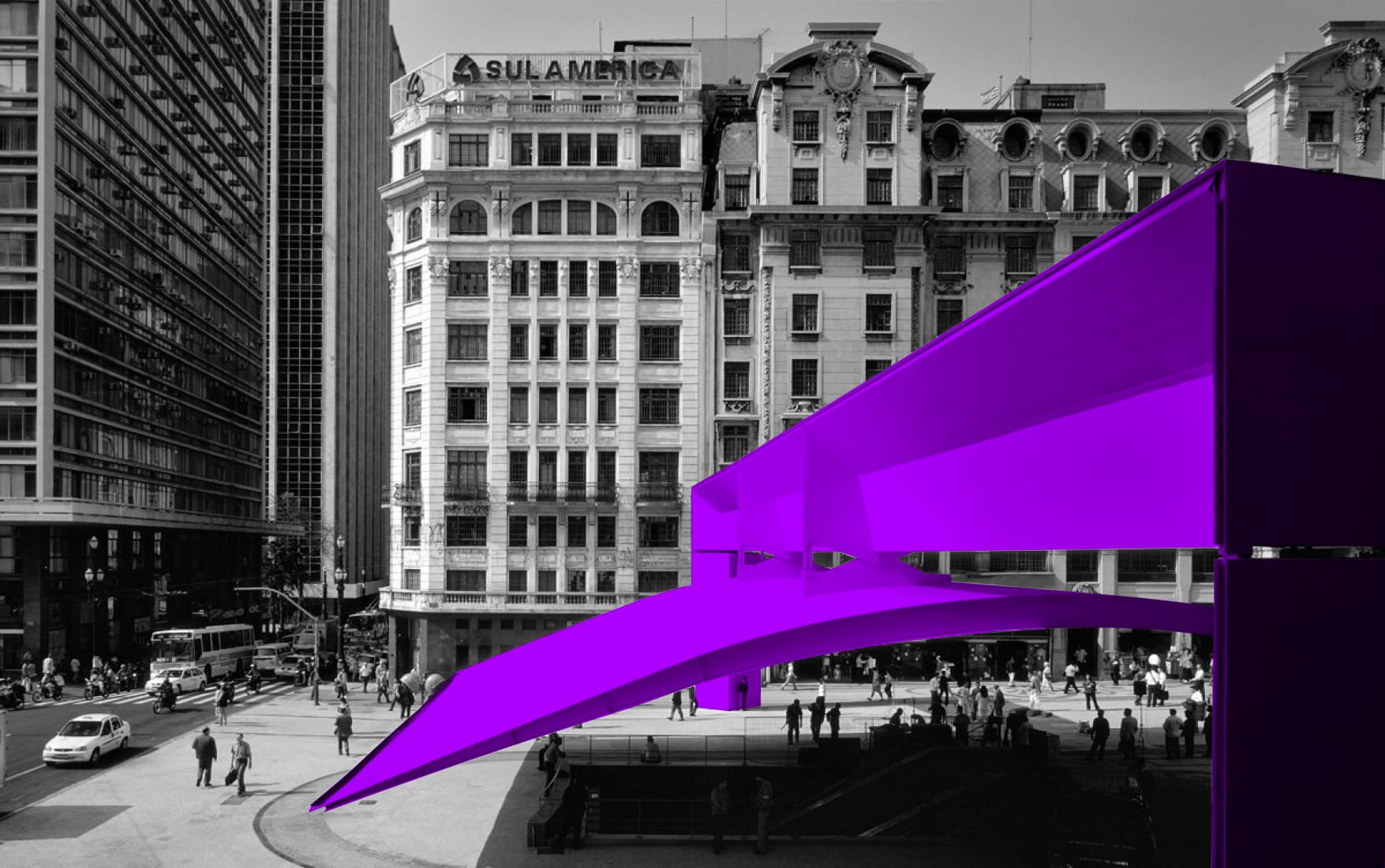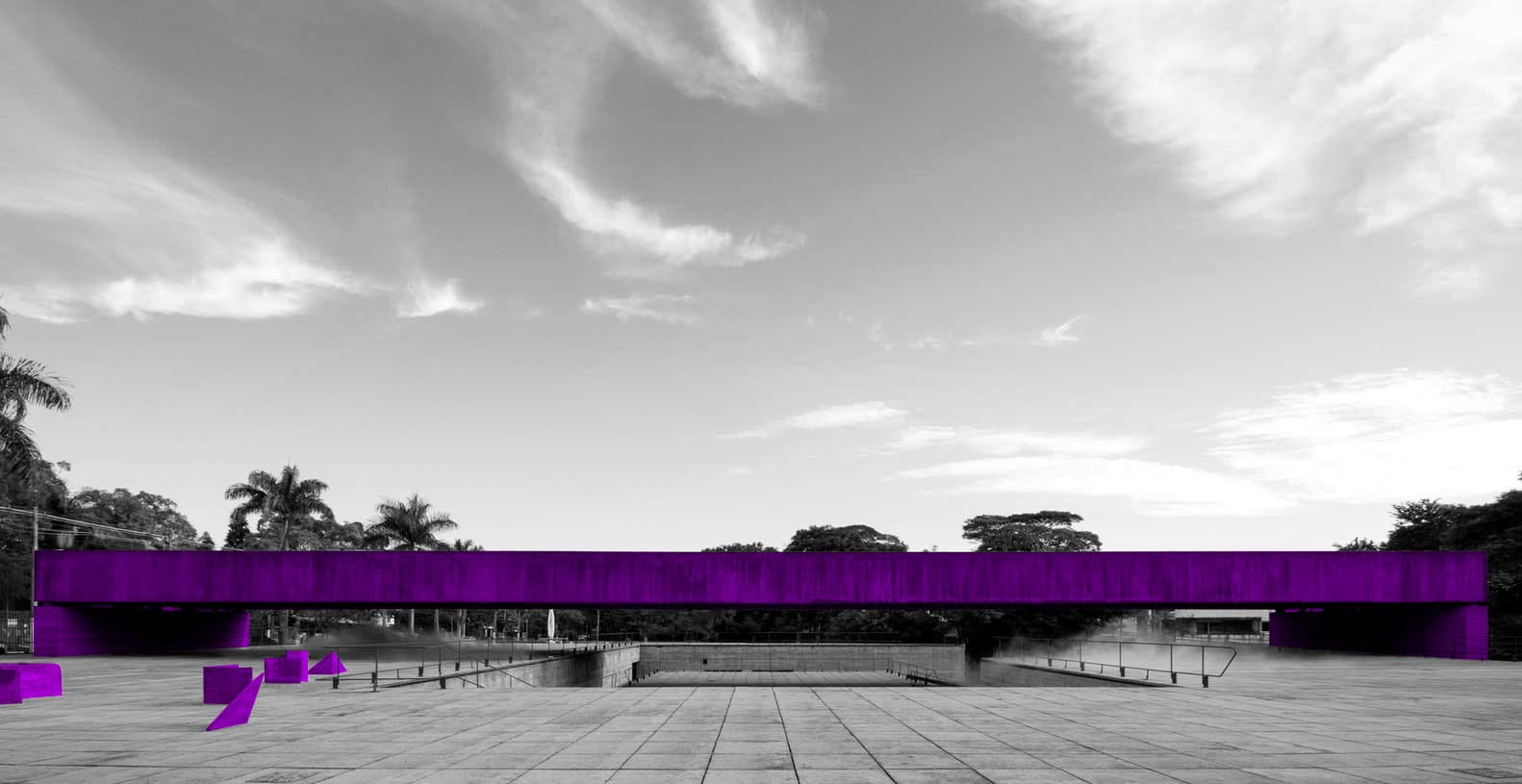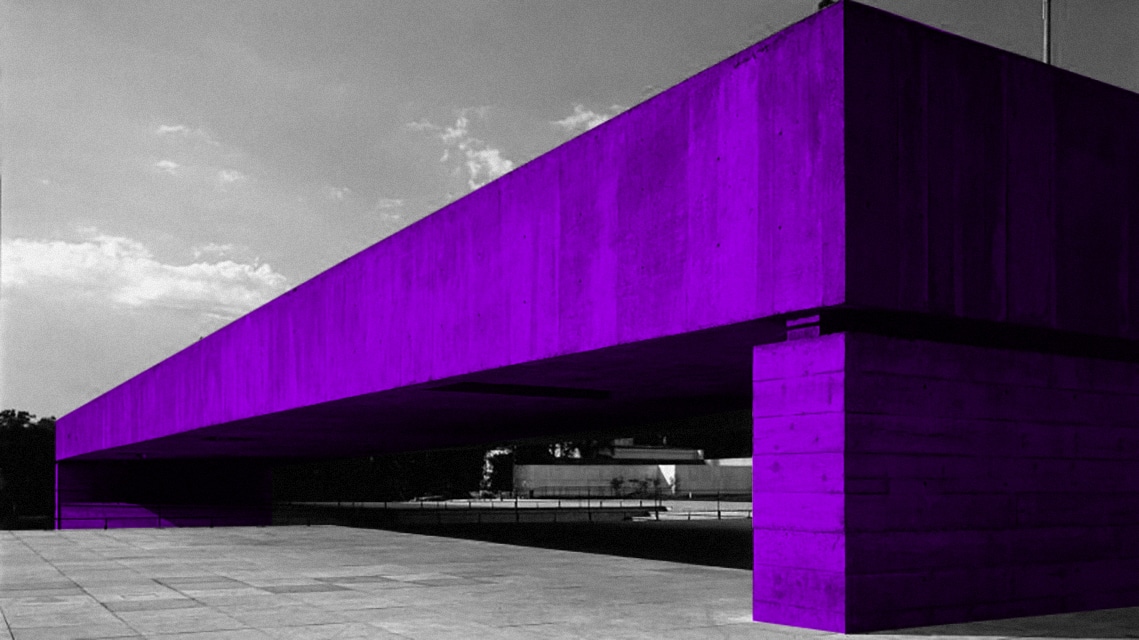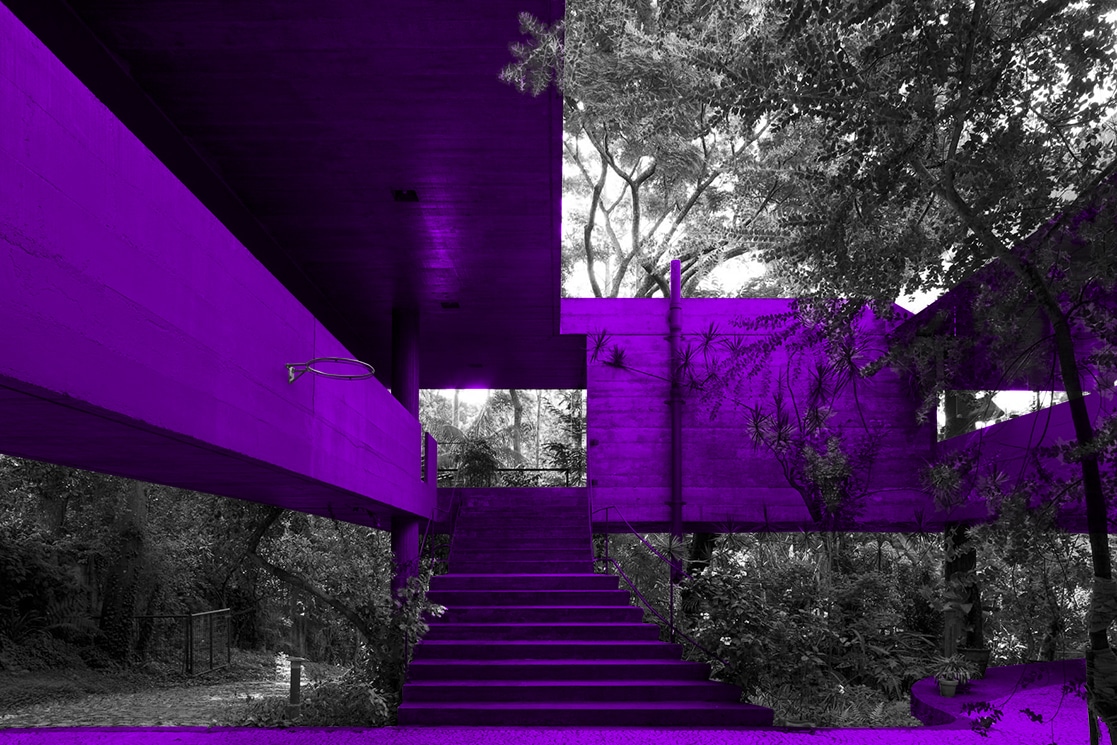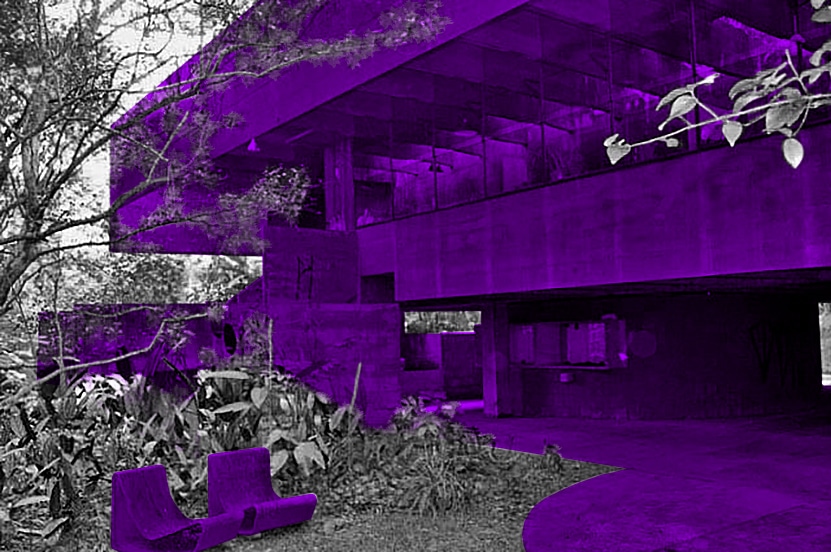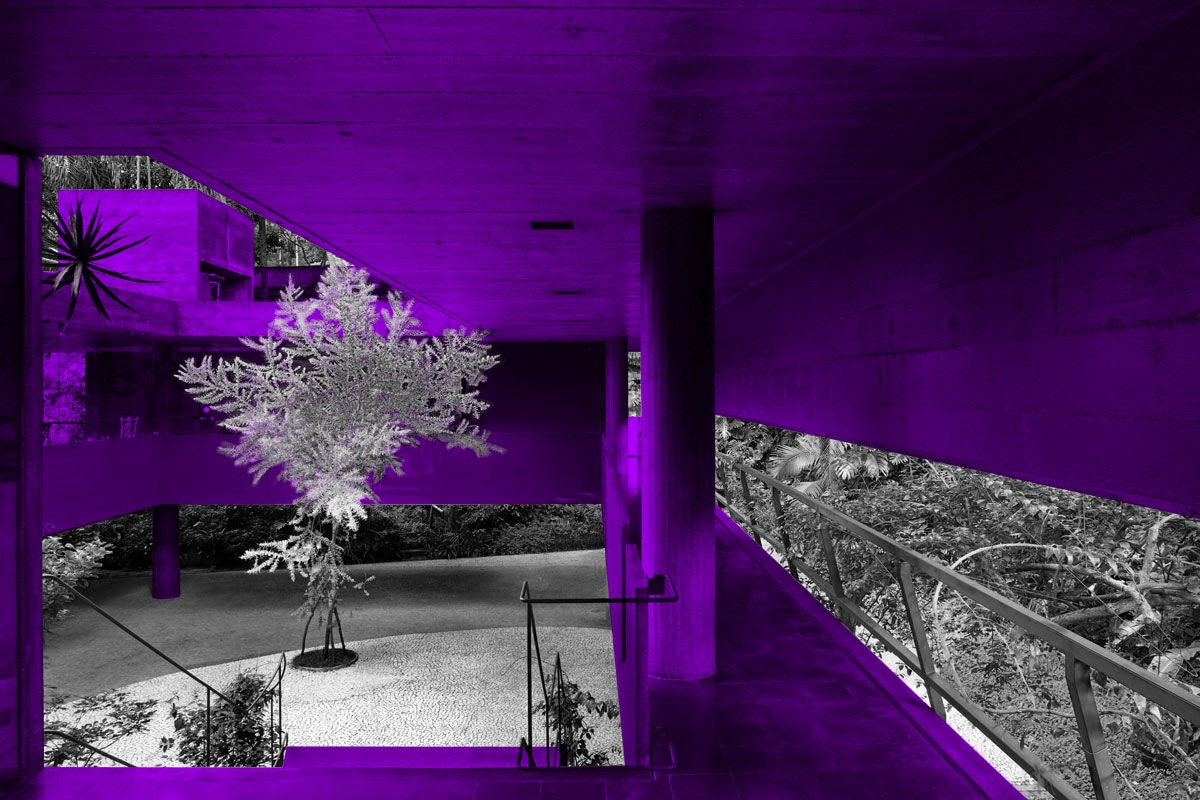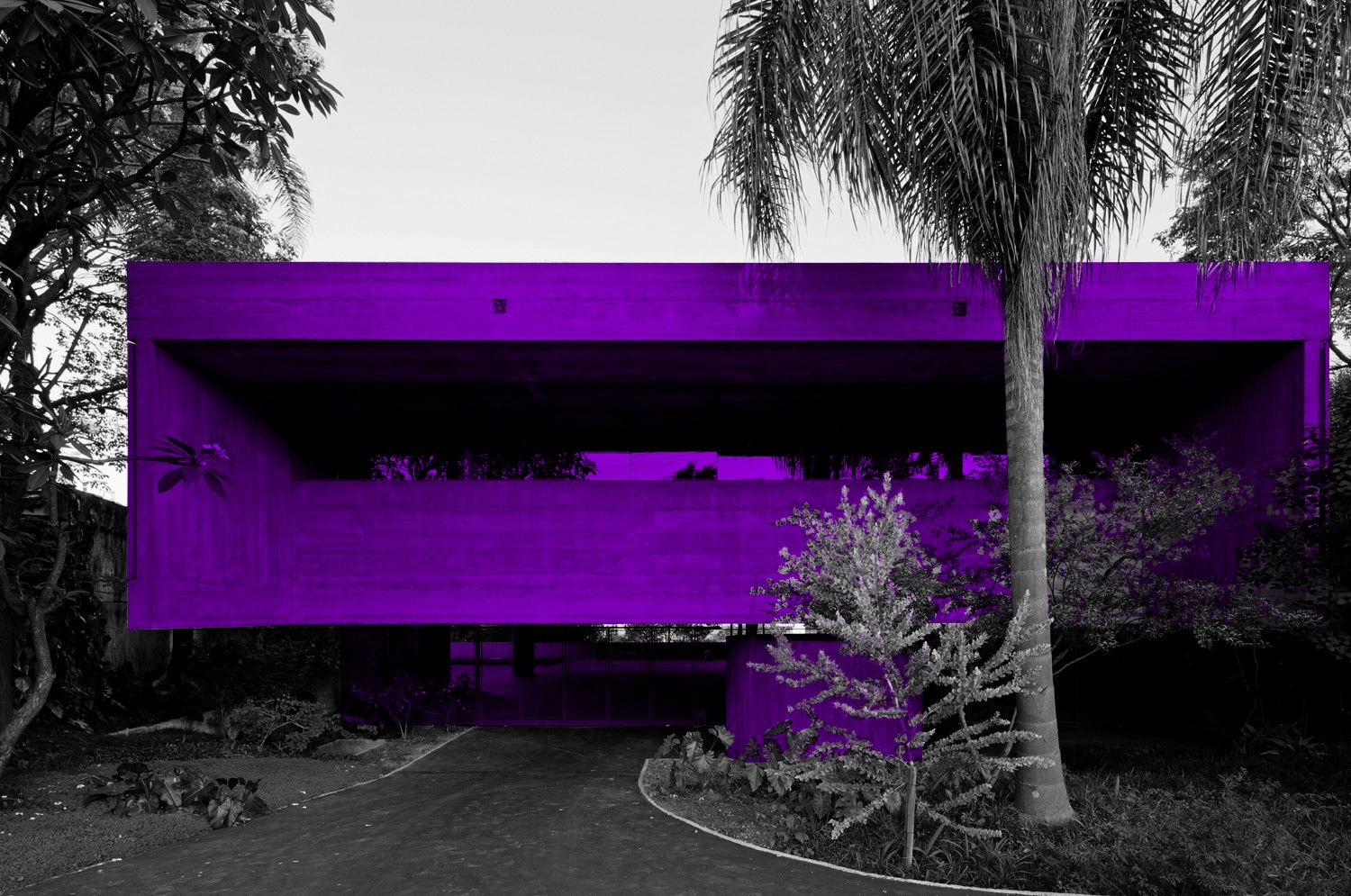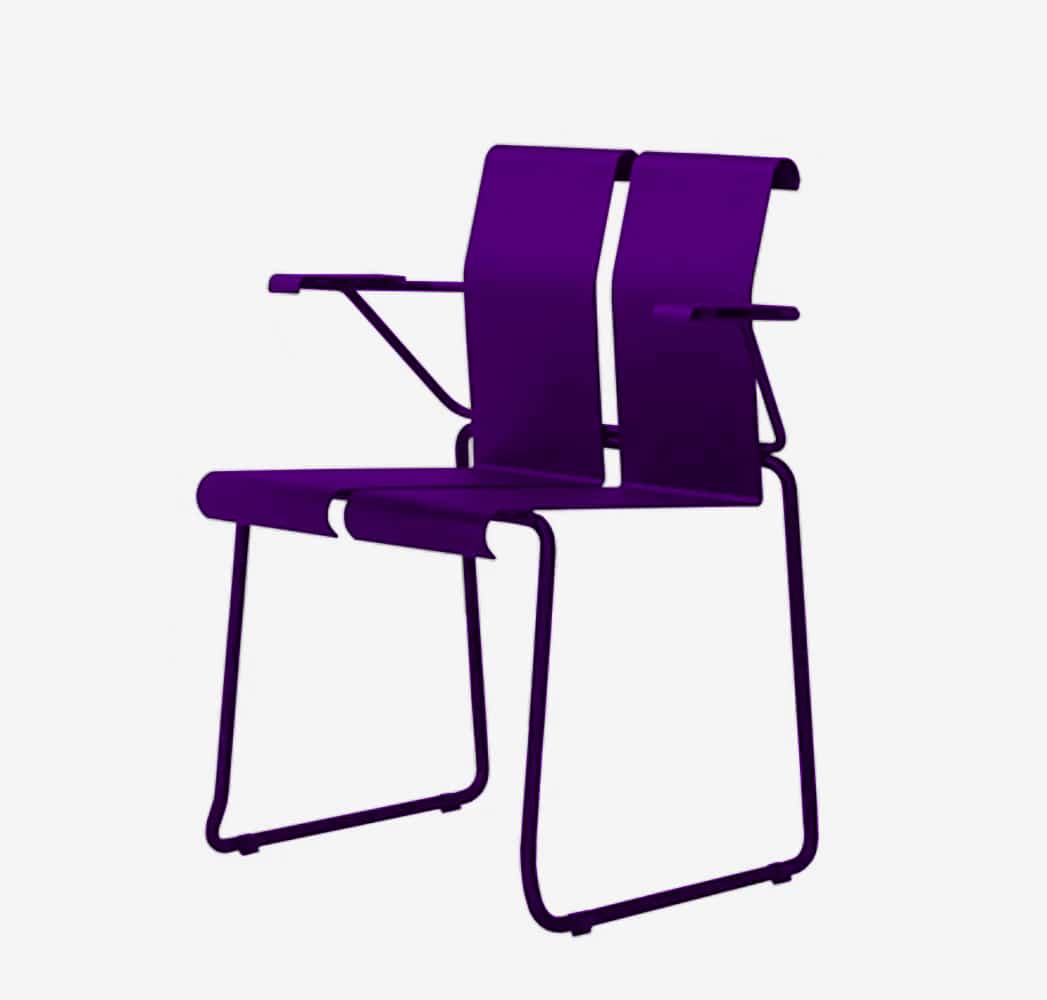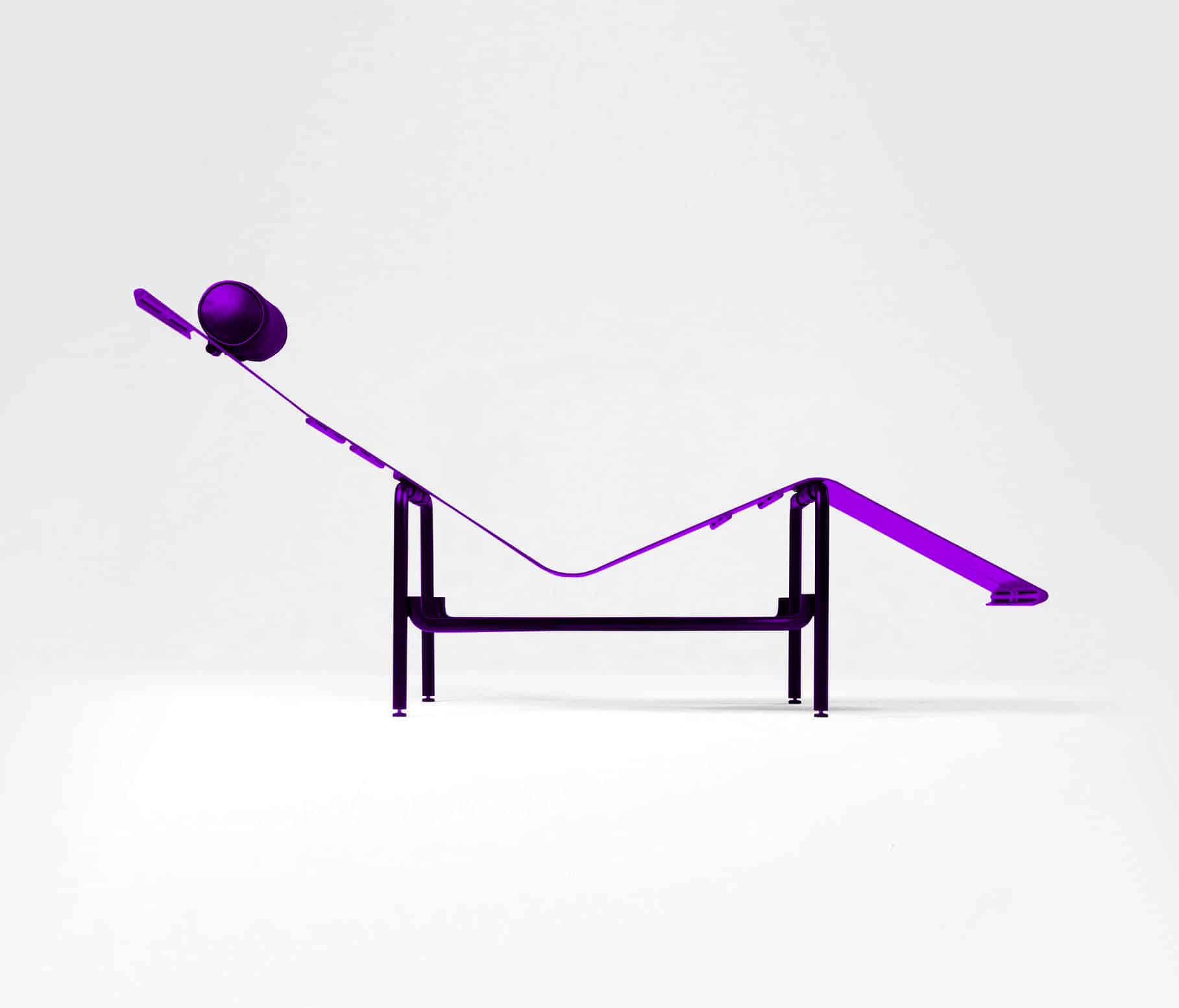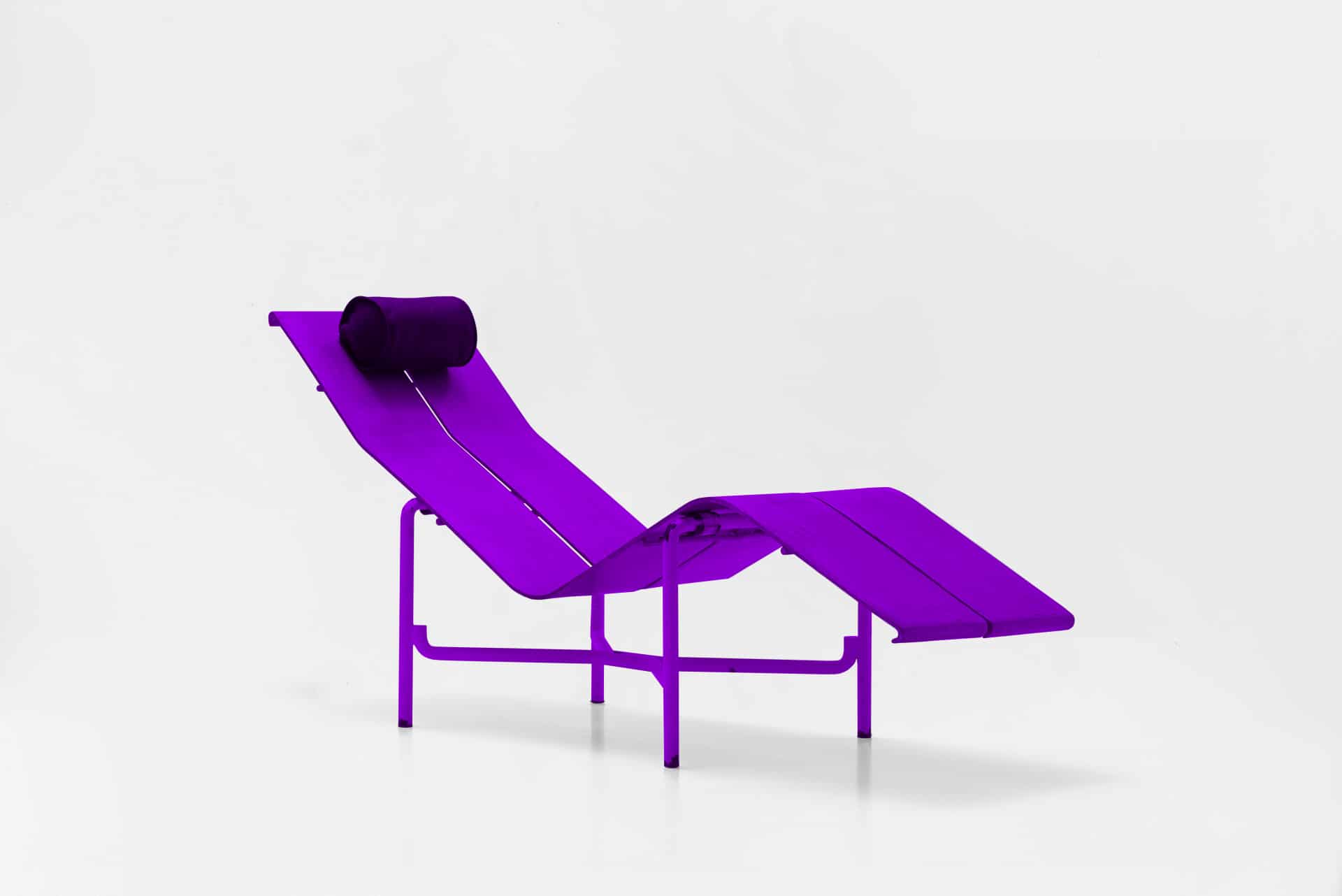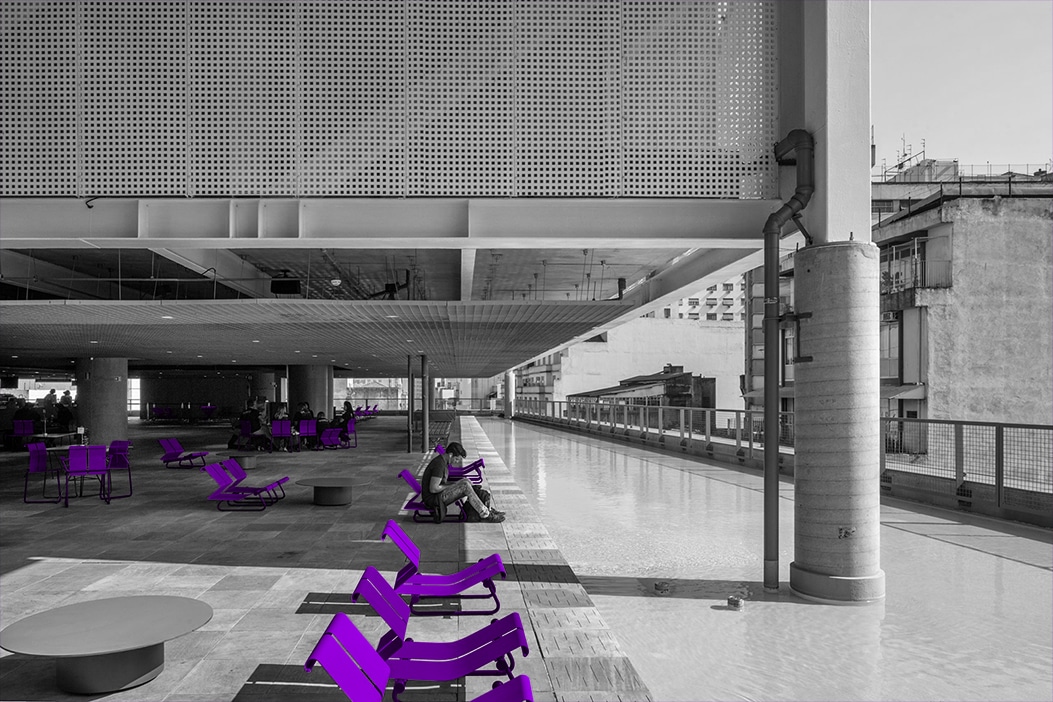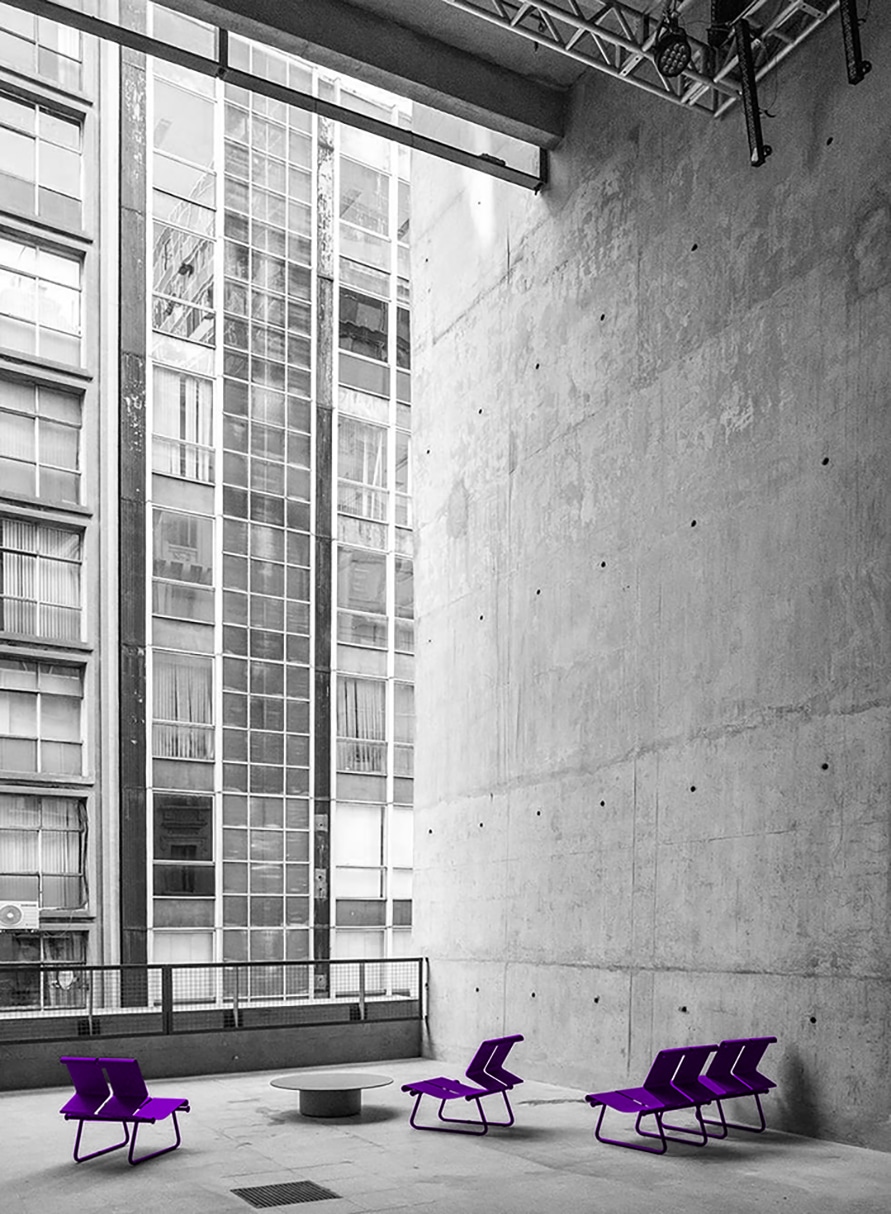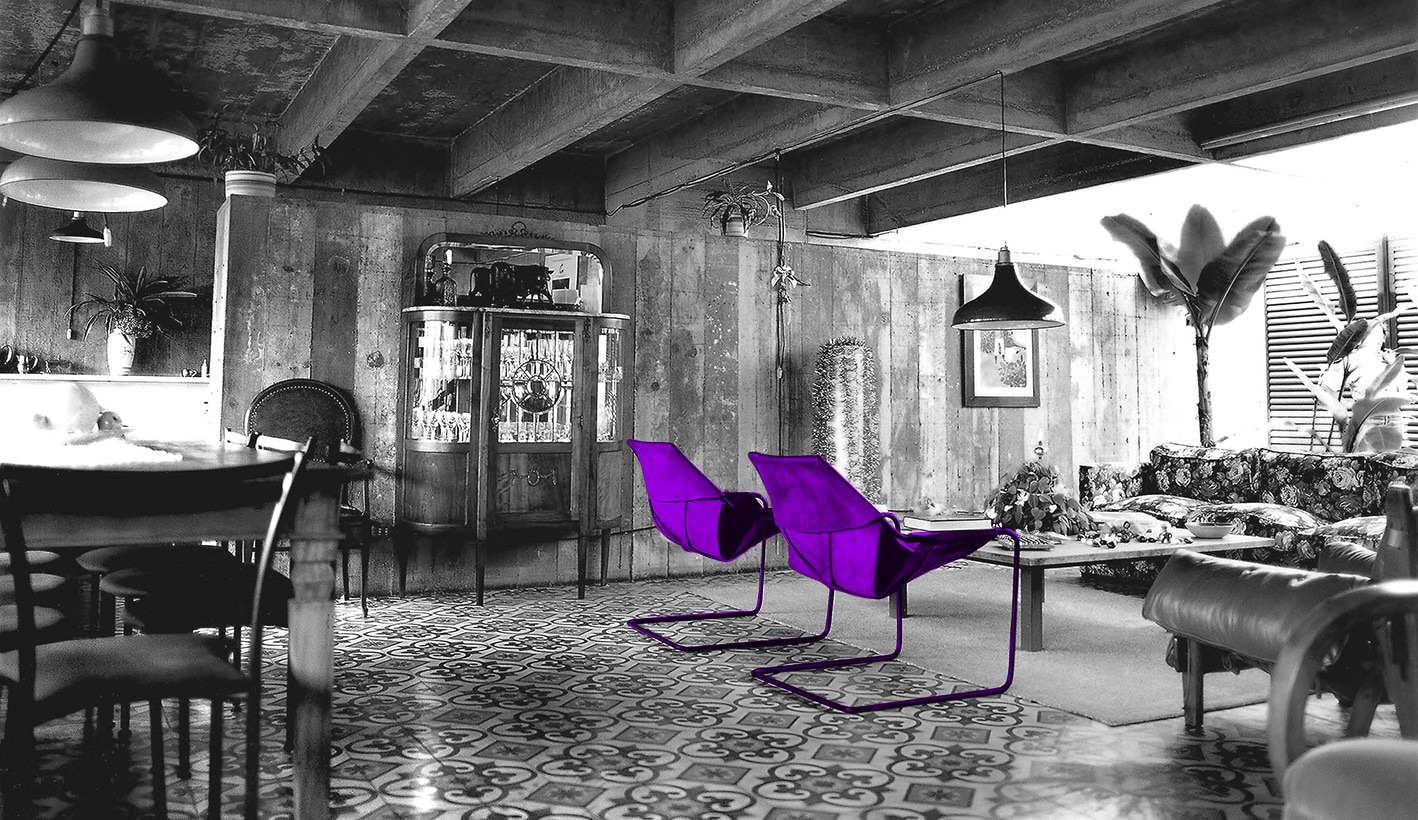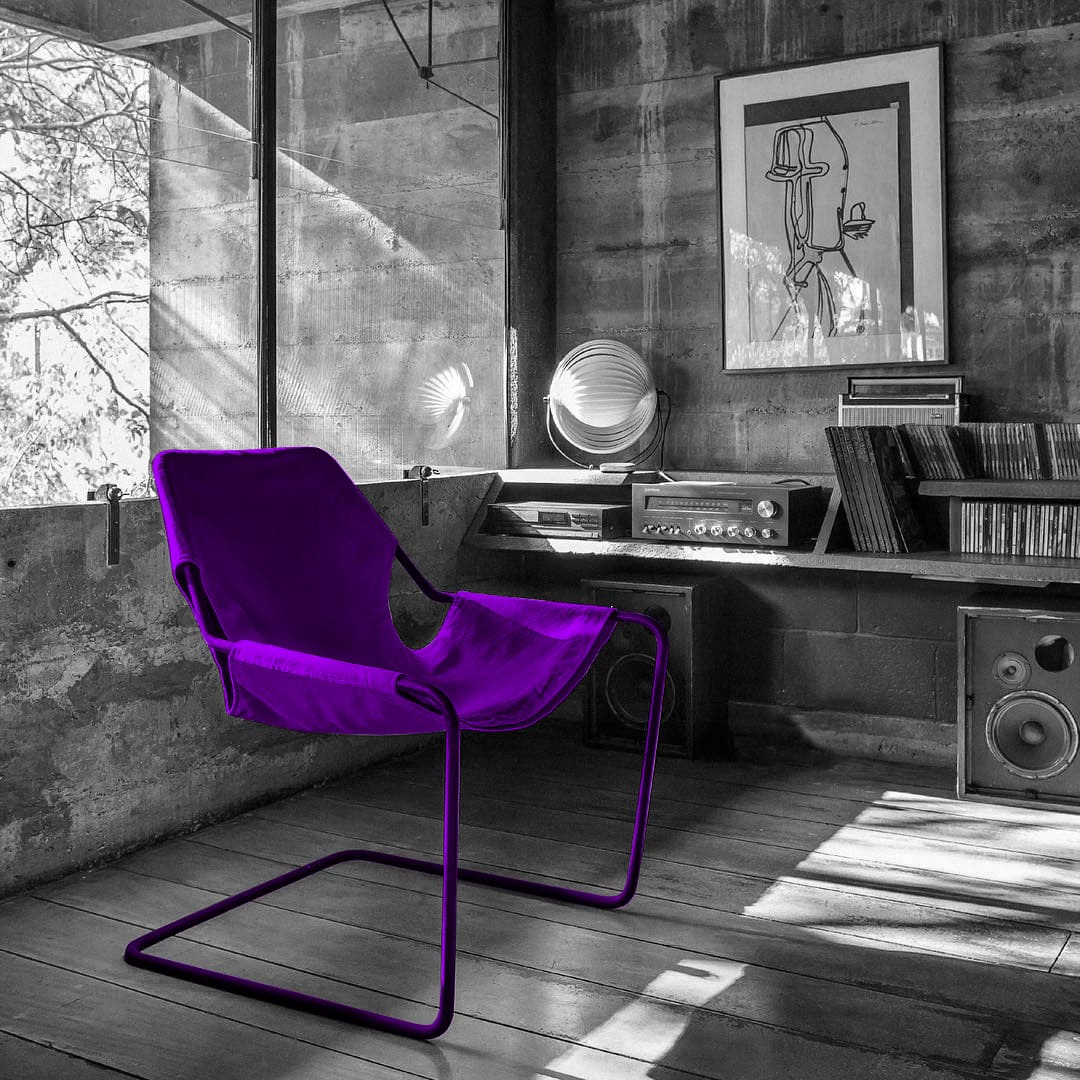INTERIOR
São Paulo Brutalism
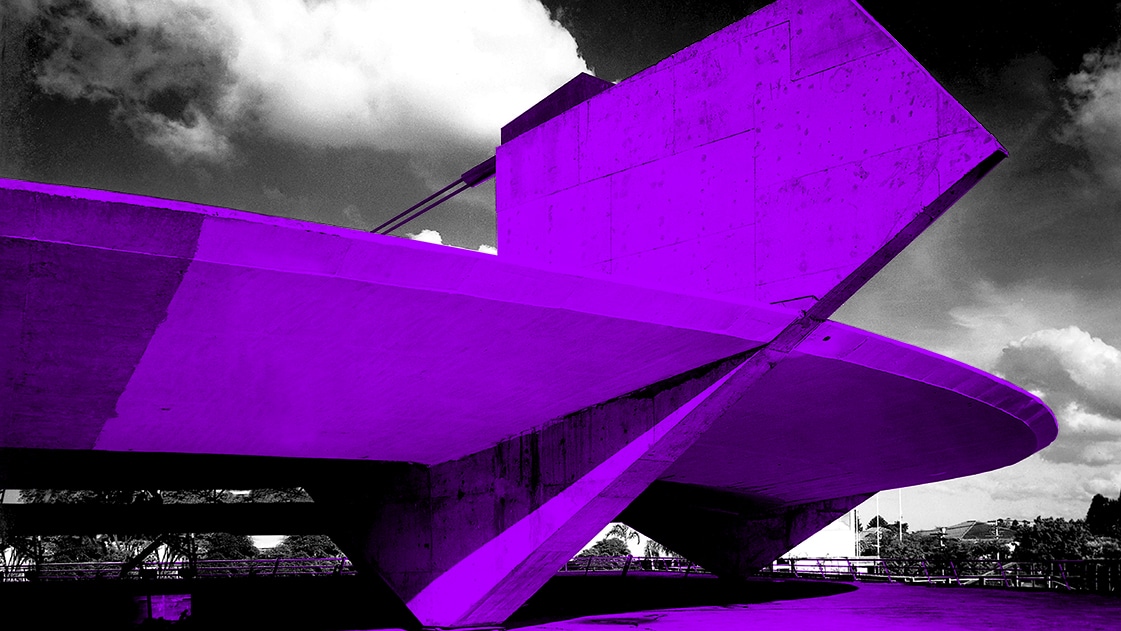
Died in 2021, Paulo Mendes da Rocha was the best-known face of the São Paulo School Brutalism. Although his work was built primarily in his native Brazil, he received wide international recognition including the Pritzker Prize in 2006 and the Golden Lion at the Venice Biennale in 2016.
Heir to the brutalists Vilanova Artigas and Clorindo Testa and peer of Lina Bo Bardi or Rino Levi, his work reveals the influence of Le Corbusier’s materiality in the 1950s, that “béton brut” that gives the style its name, but also of Mies van der Rohe’s structural integrity.
For Mendes da Rocha, the main role of architecture was its public and social function, which is why his most significant works are large public facilities such as the early Stadium for the Paulistano Athletic Club, the Brazilian Pavilion at Expo 70 in Osaka, the Brazilian Museum of Sculpture, or the roof for the Praça do Patriarca in São Paulo. In them, a powerful structural gesture brings the topography closer to the human scale, creating meeting places.
Architects are capable of not making distinctions between art, science and technique. Because for them it is only one thing: the manifestation of the wisdom of man to stay alive in the universe., Paulo Mendes da Rocha
But we also find that clear and direct use of structure to define a visual order in his single-family homes, such as the Mendes da Rocha House in Butantã, the King House or the Masetti House.
Even in the furniture designed to equip some of his projects, a structural gesture defines the form, such as his Paulistano armchair, designed for the Paulistano Athletic Club Stadium, the PMR chaise longue, or the outdoor furniture for the SESC 24 de Maio Cultural Centre.
